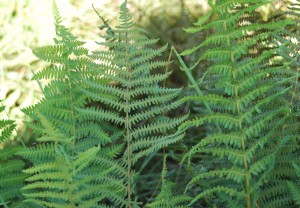Climate < change is making the world greener – courtesy of MindBullets: News from the Future
Dateline: 11 August 2028
 Climate change is a reality that we’ve all come to accept, even though the debate surrounding the root cause of climate change rages on. Whether it’s warming caused by carbon emissions, natural release of methane gasses, dimming caused by polluting aerosols, or just the cosmic cycle of the solar system, the fact is the climate has changed.
Climate change is a reality that we’ve all come to accept, even though the debate surrounding the root cause of climate change rages on. Whether it’s warming caused by carbon emissions, natural release of methane gasses, dimming caused by polluting aerosols, or just the cosmic cycle of the solar system, the fact is the climate has changed.
The change has been quite dramatic in some regions, while barely noticeable in others; but the climate continues to change, despite the best efforts of activists and policy makers. We seem to be powerless in the face of nature’s eternal evolution.
It’s difficult for most people to adjust to radical change; and often, once they have adjusted, it’s time to change again! Coral reefs have suffered severely from warmer oceans; some species in Arctic regions have wilted, others have thrived.
 But one fact is undeniable. The world is greener. Carbon dioxide is a natural fertilizer and life-sustaining component for green plants. Trees, shrubs, flowers and leafy vegetables all thrive in an atmosphere rich in CO2. Satellite images clearly show how the world has gone greener, and treelines are advancing.
But one fact is undeniable. The world is greener. Carbon dioxide is a natural fertilizer and life-sustaining component for green plants. Trees, shrubs, flowers and leafy vegetables all thrive in an atmosphere rich in CO2. Satellite images clearly show how the world has gone greener, and treelines are advancing.
Even commercial crops like cotton, corn and soy have doubled their output, requiring less land for bigger harvests. The consequences are not all good; some regions have surpluses and low prices, while other farmers have even more incentive to clear forests for crops.
At this rate, some of the great deserts might be under threat of irreversible change. Imagine if the Sahara or the Gobi started to shrink! The ability to sustain more habitation will attract more people, and soon the great wastelands of sand might be teeming with undesirable immigrants. It’s a crisis in the making.
Welcome to the jungle!